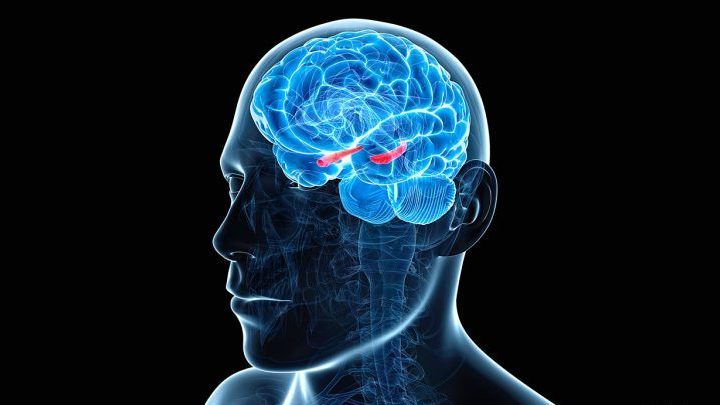Neuroscientists from the University of Texas identified the “extinction neurons”, the cells that make old fears and bad memories re-emerge.
Why do bad memories sometimes come back to life in our minds? It has happened to all of us to suddenly find ourselves reliving a bad moment in our lives. Just think of the traumas of childhood that sometimes come back to life, the first love disappointment that still persecutes us or the memory of that figure at work that occasionally comes to mind apparently for no reason. In reality, a reason exists and must be sought in the hippocampus, the part of the brain responsible for transforming short-term memory into long-term memory. In this very area, a team of neuroscientists from the University of Texas identified the cells that unexpectedly resurface fearful memories of the past. These cells have been called “extinction neurons”. They suppress fearful memories while they are active, but they can be suddenly deactivated for reasons that have not yet been fully clarified. This blackout would be responsible for the re-emergence of dormant bad memories and fears that seemed to have been overcome.
“Extinction neurons”: the cells that revive old fears are in the hippocampus
The authors of the discovery were particularly surprised by the fact that the “extinction neurons” are found in the hippocampus and not in the amygdala, the part of the brain traditionally associated with fear. This would explain why one of the therapies most used in treating phobia disorders, the so-called exposure therapy, sometimes fails. This therapy is based on the formation of new “positive memories” that overwrite the original memory that causes the disorder: for example, to introduce a person who has been bitten by a dog to many friendly and harmless dogs. This mechanism may not work because the hippocampus keeps track of both the original and new memories and therefore can never be completely overwritten. In addition to explaining the bugs of exposure therapy, the discovery of the University of Texas opens the door to new therapeutic possibilities. Neuroscientists who discovered “extinction neurons” have in fact been able to artificially activate and deactivate these cells through optogenetics, suppressing and re-emerging in some guinea pigs fears induced shortly before. These results could radically change the current clinical scenario and lead to the development of new and more effective therapies for the treatment of anxiety, phobias and post-traumatic stress disorders.
